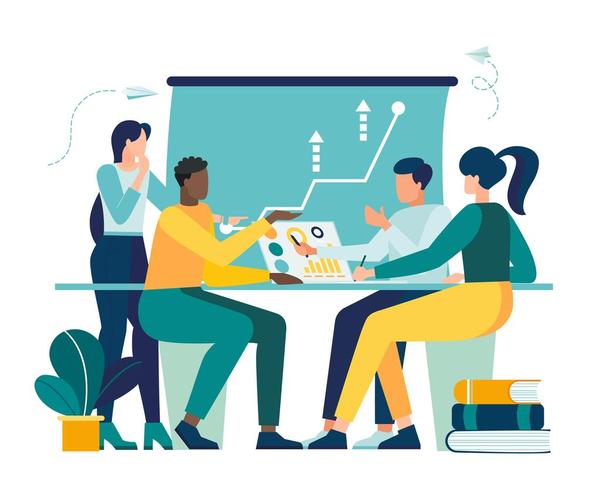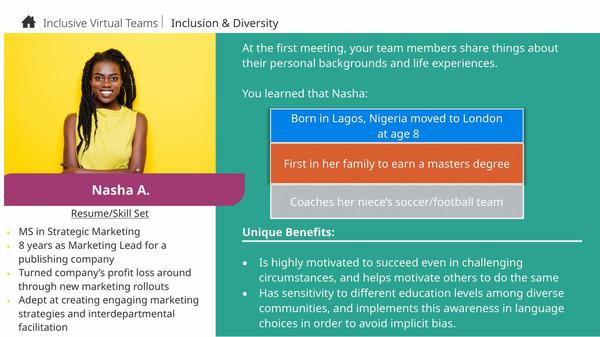
Blog: Empathic Leadership: Creating Psychological Safety in the Workplace
Soaring levels of diversity in the modern workplace have created an adamant call for business leaders to cultivate work environments characterized by psychological safety—a climate in which all employees feel fully able to be and express themselves without judgment or repercussion. One might wonder how there can exist universal emotional safety when the workforce is comprised of so many kinds of individuals with drastically different life experiences. But it is possible. The key to creating a cu...























